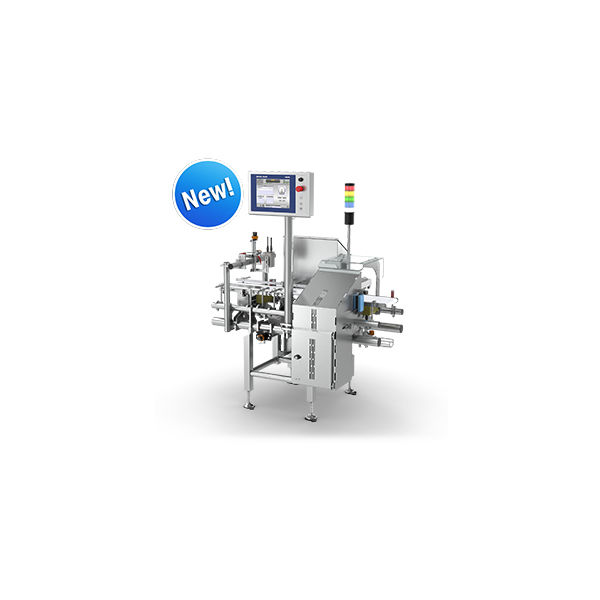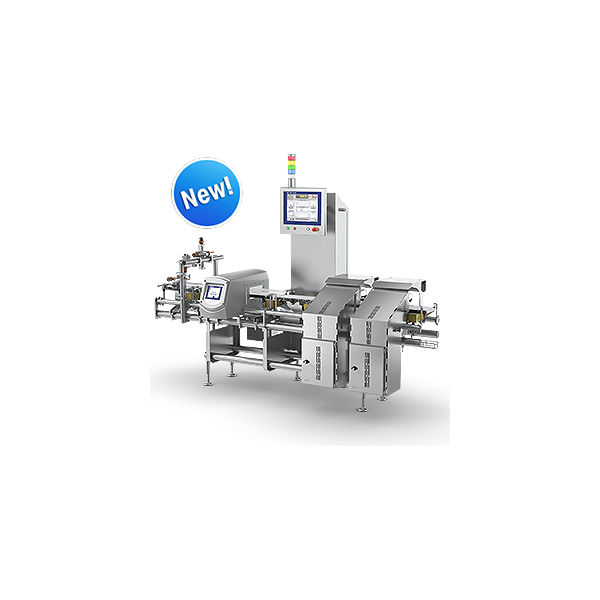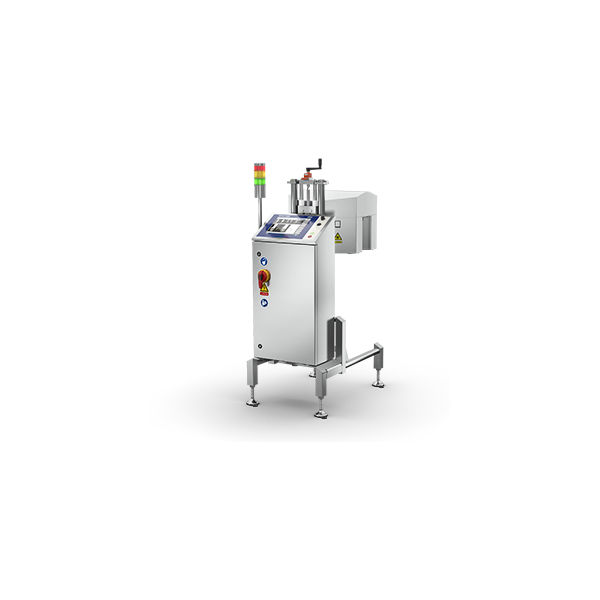
V15 Label Inspection 360° System
이 공간 절약 솔루션은 원형 제품의 라벨 데이터 및 품질 결함을 감지합니다. 6개의 이미지 센서가 소형 설계로 밀봉되어 있어 기존 컨베이어에 쉽게 설치할 수 있습니다. V15는 상단 및 하단 카메라로 확장할 수 있습니다.
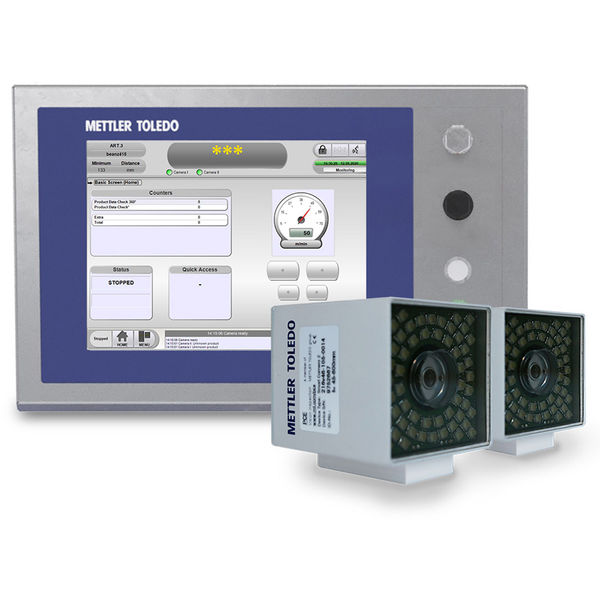
V11 Label Inspection System
이 유연한 라벨 검사 솔루션은 라벨 데이터 및 품질 결함이 있는지 측면 또는 상단에서 지향 제품을 신뢰할 수 있게 검사합니다. 스마트 카메라, 조명 및 소프트웨어를 사용하여 기존 생산 라인에 쉽게 통합할 수 있습니다.
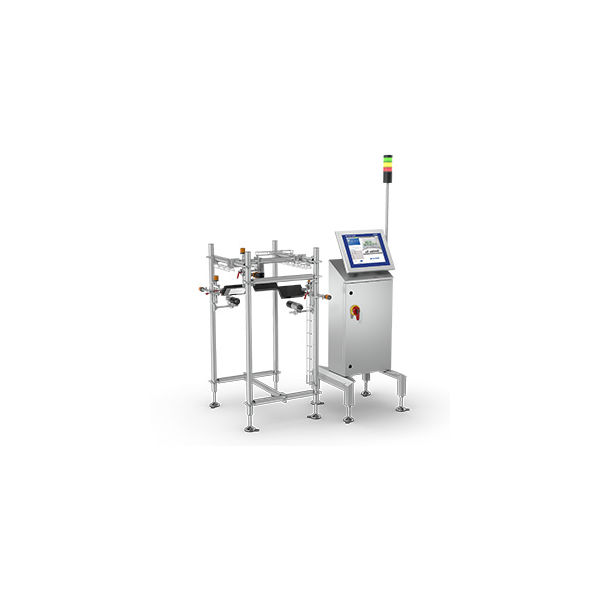
V31 Vision Inspection System
지향성 제품의 첨단 패키지 및 라벨 검사. 유연한 시스템에는 최대 6대의 카메라와 맞춤형 조명을 지원하는 빠른 설치 프레임과 제품 추적이 포함됩니다.
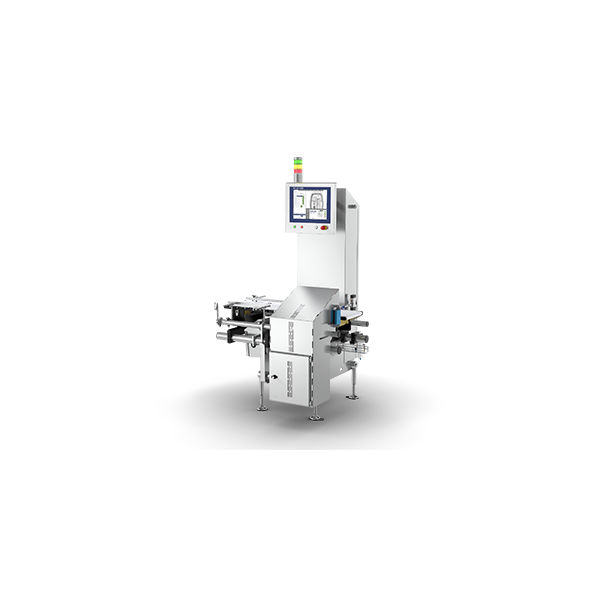
V33 Flat Pack Vision Inspection System
다양한 패키지 형태의 고급 하단 검사. 이 시스템은 맞춤형 조명을 지원하며 밀봉 오염 검사와 같은 추가 Application을 위해 상단 카메라로 확장할 수 있습니다.
Maximize Your Return on Investment with Professional Service Solutions
Maximize Your Return on Investment with Professional Service Solutions
New Remote Support
Keeping Your Production Running
In addition to our existing 24/7 technical phone support, we offer the latest in remote service support using Augmented Reality (AR) technology. This allows us to provide the quick expert support you need to achieve your productivity goals.
Our METTLER TOLEDO augmented reality-powered visual remote assistance solution helps us to fully understand your service issues. Using a mobile device with an integrated camera enables us to see exactly what you see. We can guide you step-by-step to resolve the issue by providing real-time contextual assistance, such as adding text, drawings, or highlighting objects with 3D markers. Benefit from the fastest fault diagnostics, repair, and part replacement support by using the latest technology. We can also remotely connect to some of our products for additional service enhancement. Please contact your local service team for more details.
Explore our Services
Uptime. Support & Repair
Performance. Maintenance & Optimization
Compliance. Calibration & Quality
Expertise. Training & Consulting
FAQs
What is the difference between an OCV system and an OCR system?
Optical Character Recognition (OCR) is a method for identifying printed characters on a package surface. OCR is ideal for variable text fields, where it may not be possible to know what text string will be on the production line. The tool compares a given character image against all the characters in a pre-defined font to find the closest match.
Optical Character Verification (OCV), on the other hand, is looking for a pre-defined value – it is used to check for the accuracy of a code rather than determine what a code is.
OCV and OCR technology can be used in manufacturing facilities for quality checks - for example, as part of a product inspection program that includes package data quality inspection in the food and beverage industry. Machine vision inspection manufacturers such as METTLER TOLEDO CI-Vision offer vision inspection systems with OCV and OCR capabilities for printed data and code verification requirements.
Can OCV systems from METTLER TOLEDO handle variations in label materials or printing processes?
METTLER TOLEDO OCV systems are designed for versatility. They have the flexibility handle the diverse materials and printing methods encountered in real-world production lines. They can be configured to account for variations in label materials, such as the reflectivity of glossy labels or the texture of shrink wrap sleeves. Additionally, the systems can be programmed to accommodate different printing processes, whether it's inkjet, laser, or thermal printing, for consistent and reliable label data inspection every time.
Can OCV systems be used to collect data for label optimization?
Yes, OCV systems can be a valuable tool for data collection. By analyzing the types of label defects that are detected during production, recurring issues can be quickly identified, and labeling processes can be adjusted and optimized to minimize future errors. This data-driven approach can lead to cost savings, boosted productivity, and improved label quality.
Do OCV systems offer multi-language capabilities for label inspection?
Our OCV systems feature advanced character recognition software. This allows them to recognize and inspect labels with text in any language, catering to a globalized market and providing accurate inspection regardless of the language used.

